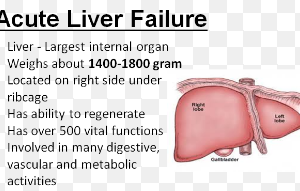Can a person have a low ejection fraction, even like 35 percent, yet not have congestive heart failure?
Ejection fraction means how much blood the heart pumps out with each beat.
For this article I consulted with Donna P. Denier, MD, of The Cardiology Center with the Appalachian Regional Healthcare System.
My mother’s ejection fraction is low, coming in at 35 percent, yet she has not been diagnosed with congestive heart failure even though she’s had EKGs and echocardiograms, part of ongoing follow-up care since her quintuple bypass surgery more than two years ago.
So this got me thinking, because her doctor wanted to put her on a drug to raise the ejection fraction, even though he did not actually tell her, “You have congestive heart failure.”
His nurse called her a few weeks later after a blood test came back deeming her suitable to take the drug, and the nurse asked if my mother was experiencing shortness of breath (one symptom of congestive heart failure) or swollen ankles/lower legs (another symptom of congestive heart failure).
Congestive heart failure is when the heart does not pump out an adequate supply of blood with each beat.
Ejection fraction measures how much blood is pumped with each beat.
Dr. Denier explains, “It is possible to have an ejection fraction of 35 percent or less without clinical signs of heart failure.
“With good medical management, some of these patients will never suffer an episode of overt heart failure.
“On the contrary, patients can have clinical heart failure even with a normal ejection fraction.
“For patients with low ejection fractions, development of symptoms is influenced in part by other co-morbid conditions such as coronary artery disease, hypertension, diabetes and kidney disease.
“Other significant factors are age, diet, presence of arrhythmias and structural abnormalities of the heart.
“Heart rate, blood pressure and the amount of demand placed on the heart are also influential.
“Although elderly patients are more likely to have more contributing factors to develop heart failure, they may actually tolerate symptoms better.
“A typical 40-year-old may put more demand on the heart with strenuous activities, where an 80-year-old may be more sedentary.
“This of course is very individual and not always predictive of who will develop clinical signs of heart failure.”

Dr. Denier has been practicing medicine for over 20 years and is board certified by the American Board of Internal Medicine – Cardiovascular Disease.
 Lorra Garrick has been covering medical, fitness and cybersecurity topics for many years, having written thousands of articles for print magazines and websites, including as a ghostwriter. She’s also a former ACE-certified personal trainer.
Lorra Garrick has been covering medical, fitness and cybersecurity topics for many years, having written thousands of articles for print magazines and websites, including as a ghostwriter. She’s also a former ACE-certified personal trainer.
.










































